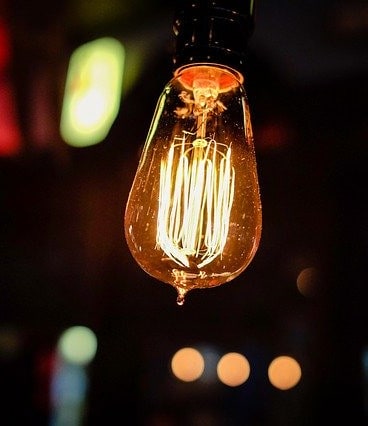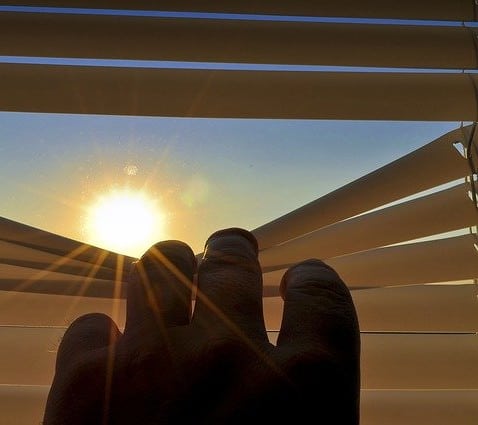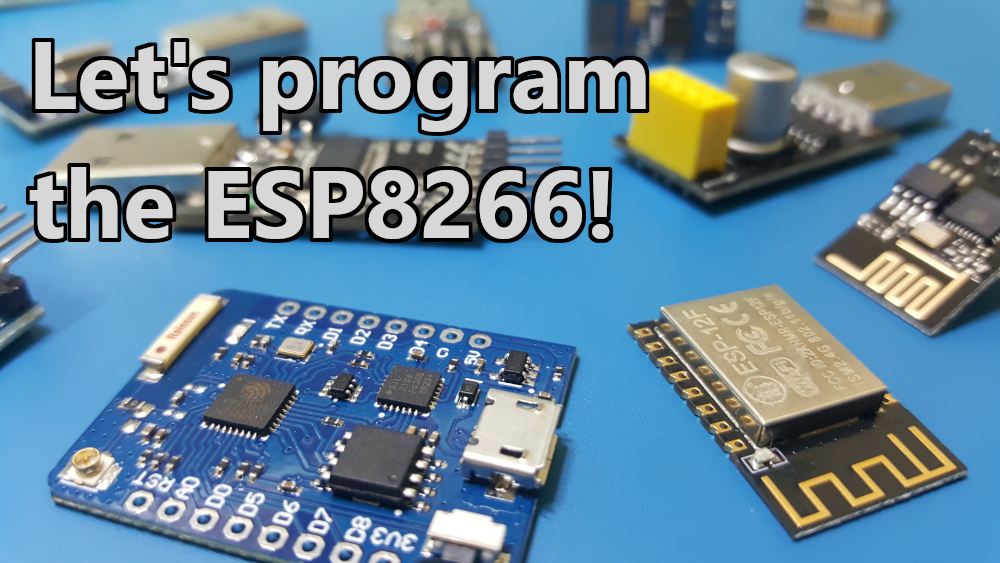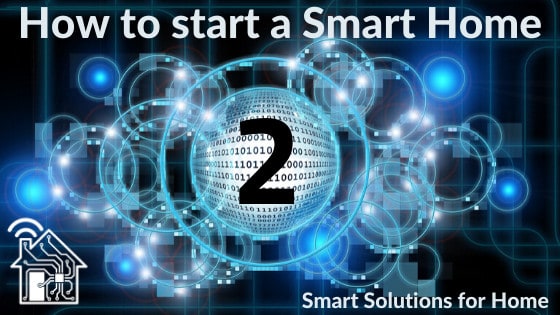Do you want to reduce your bills by 30 – 40%? Do you want to be more “green” person?
Although it seems like a classic clickbait, in this article, I will try to prove that it isn’t. These are real percentages that you can get by changing your ordinary Home into Smart Home. And most importantly, it will not negatively affect the comfort of your life. It can even improve it.
On the other hand, you can turn off the heating and walk in a jacket at home 🙂 It will also bring savings, but that’s not the point, isn’t it?
Introduction
How much savings you can achieve depends mainly on the physical characteristics of your home. The method of heating, the number and quality of windows, insulation on the walls and climatic conditions at the place where you are living are crucial.
However, we will not deal with it here because:
- you probably have no influence on most of these characteristics,
- this is a blog about Smart Homes,
- I have no clue about wall insulation 🙂
Let’s consider how Smart Home can help you with this.
How smart home save energy?
Smart Home saves energy by optimizing the way you use devices every day. Enables, disables, or regulates them so that they work only when they are really needed. It lowers the temperature in the rooms when they are not used, or someone will open the window. It can also use natural resources like solar energy, e.g. opening blinds on a sunny day.
Here are five examples of how Smart Home helps save energy. But before I do it, a little digression for very meticulous people 🙂
Each device in such a system draws electricity. It is not significant compared to the overall savings, but it exists. In addition, if we consider only the energy balance, devices such as “GOOGLE Home Mini” or control Tablet are only a waste of energy. They are very comfortable and increase comfort, but they don’t contribute directly to savings.
Let’s look at this from a broader perspective and compare it with real savings, using this speaker as an example. It draws about 1.5 W, which is about 8640 Wh per year. Average power consumption in a family of four from 1,400 – 4,700 kWh per year. Assuming only 30% savings, it gives about 420 – 1410 kW. So the savings are about 50 – 100 times greater than the power consumption of this speaker.
So to sum up this boring chapter – in your financial balance you don’t have to worry too much about this kind of power consumption 🙂
To the point!
Lighting

Lighting is often one of the first things we want to “make it smart”. At first, people always want to turn the light on and off with a smartphone. A great way to gain some prestige points among your friends 🙂 I speak from personal experience. However, this isn’t really a “Smart” Home yet. There is no saving in this case. I wrote more about my approach to such control in another article, “What is Smart Home“.
If you want to start it seriously, it would be good to add some sensors to the system, such as presence or motion sensor or light intensity.
The presence sensor will detect if the room is occupied, and the light should be on. Leaving the room and not switching off the light is a common thing, especially among children who don’t pay bills. But this is rather intuitive.
Another more interesting solution seems to be the use of a light intensity sensor to match the lighting power. When it starts to get dark outside, or when it is simply cloudy, it makes no sense to turn on the light at full power. Maybe only half the power is enough for comfortable work? Smart Home will check how much light comes through the window and illuminate only as much light as needed. In a classic solution, this isn’t possible.
Heating / Cooling
Home climate control is probably the most energy-consuming process. That’s why the savings you can get here are the biggest. If you were to implement only one thing from this article, this is it.
HINT:
Heating doesn’t have to be electric. Gas, wood or any other type of heating is prevalent. It doesn’t change the fact that saving translates directly into your finances.
The installation of ordinary thermostats allows for considerable savings. However, only optimal control maximizes it. Smart System fits it perfectly. It has a lot of information about indoor and outdoor temperatures. Can download data and weather from the internet for the next hours/days. It also knows if the windows are closed or open. In addition to the thermostats themselves, they also have access to blinds, but I will tell you about it in a moment.
With all this information, Smart Home can e.g. reduce the temperature when there is no one at home. It can only increase just before the return of the household.
It can also inform us that the window is open and it cools or heats the room. Similarly, if you would like to cool down the house after a hot day instead of starting the air conditioning, Smart Home may suggest opening the window.
Blinds

This topic is combined with heating and lighting. Unfortunately, my home still has the “not smart” blinds, but I plan to change it as soon as possible. And there are good reasons for this.
Automatic opening of blinds when the sun shines causes that we don’t have to turn on the light, and we use solar energy for heating our house. After sunset, the closed blind is an additional barrier that keeps the heat in the house.
Miscellaneous Home appliances
More and more home appliances are somehow “smart”. They can usually be integrated into the system. This gives you the option of enabling, disabling, viewing the current status or changing functions. There are also simpler universal ways to connect something to the system. The most popular is probably the socket with WIFI. Each device powers this way can be controlled by the Smart System. Of course, to a limited extent, but often that’s all you need.
Take the bathroom ventilation as an example. After the morning shower, you are in a hurry (some super important business meeting), but it would be good to leave the ventilation turned on because there is high humidity. What will you do? Will you leave the ventilation on and go to work or not?
With ventilation connected to the Smart Home, and a humidity sensor in the bathroom, you don’t have to worry about it completely. It will work for exactly as much as needed and not even a moment longer.
Solar panels / Wind farms

Solar panels are not as popular as anything above for a simple reason they are expensive, even very expensive. Such an investment must be well thought out because it doesn’t pay off everywhere. In less sunny countries, operation and installation will eat the savings generated. However, if you live in California or Australia, I think that this investment will pay you back fairly quickly.
In this case, Smart Home will be the perfect “energy distribution manager”. It will watch over the accumulated energy. Is there a buffer or classic power source is needed? Maybe the batteries are already fully charged and there is nothing to do with the energy produced? Maybe it needs to be redirected somewhere else?
Summary
In the article above, I gave you just a few examples of how having a Smart Home can help you save energy. I am convinced that you will come up with some other ways yourself. Let me know in the comment below?
Related Articles
How to program an ESP8266 – With and Without Arduino
I discovered ESP8266 a few years ago. Since then, I’m…
How to program STM32 – The Complete Guide
In this article, I’m gonna show you how to program…
How to start a Smart Home – part 2
If you’re reading this it means that you want to…



